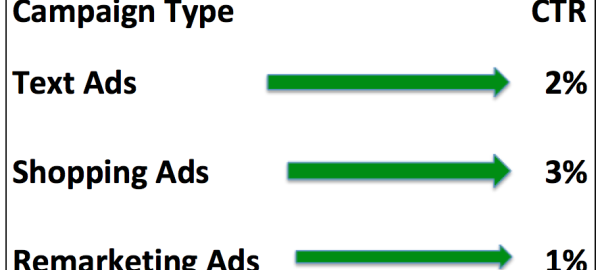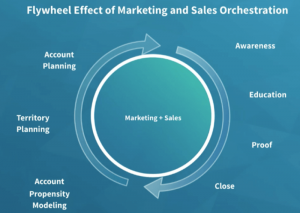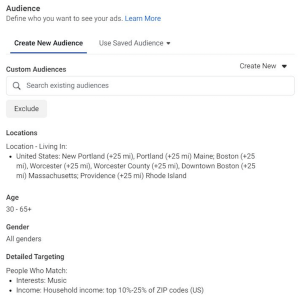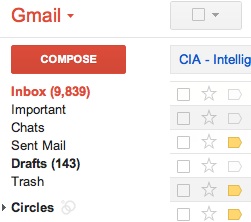Success in digital marketing often depends on a number of factors, so it can be difficult to give clients definitive answers to their questions. But columnist Matt Umbro believes we can do better — here’s how.

Within the digital marketing world, one of the most common answers you will hear is, “It depends,” followed by general rationale that partially answers the question but leaves much to the imagination. Questions may range from strategy to industry standards, but the answer is always one of caution.
This makes sense, as many situations aren’t black and white. There are often numerous factors at play, and one answer doesn’t fit all. However, I believe that as digital marketers we have become too comfortable giving the “it depends” answer.
It’s not that “it depends” isn’t an accurate answer — it’s that it’s too simplistic, and it’s the easy way out. I’m not advocating that there is a clear answer to every question, but there are more thorough and analytical responses that we should be providing, and quite frankly, that our clients deserve. In this post, I’ll explain tactics for providing intuitive answers to seemingly vague questions.
I’m going to begin by asking a common question that usually generates a seemingly ambiguous answer. That question is:
What is a good paid search click-through rate (CTR)?
We can say that a good CTR varies by industry and that you should always be striving to increase this metric.
Though correct, this response is common sense and doesn’t give the person asking any new insight. At the very least, we want to give this person a new idea to think about that relates to the question. So let’s delve into the first tactic.
Draw On Your Experience
If you’ve worked in the client’s vertical before, explain what you’ve seen and what factors influenced CTR. You may say that a 1.5 percent CTR in this vertical is reasonable due to high competition.
You might further add that unless the client is willing to pay the high cost-per-click (CPC) to be in the first three positions, CTR will be less. You may even provide the average CPCs of the targeted keywords. With this answer, you are providing a concrete number while also clearly explaining contributing factors.
Even if you haven’t worked in the client’s vertical, you can still speak to your experience. Point to the paid search trends you see on a daily basis in other accounts and share this information.
Don’t forget that you are being asked these questions because you are the perceived expert. Don’t underestimate your experience, as it will help guide your responses.
Set Thresholds
We may not always be able to give a definitive response, but we can say what the answer IS NOT. Using our example, we can say that a CTR under one percent isn’t good, while one over three percent is excellent.
You may deem setting thresholds as a partial answer, but it does give the person asking the question a range to aim for.
As another example, recently a colleague asked me how much of my time was spent managing client accounts vs. client communication. I answered that no individual client took up any more than 30 percent of my time with communication.
By giving a firm threshold, my colleague clearly knows what I deem to be the appropriate breakout. This answer gives her something to think about as she determines her own ratio of client management to communication.
Segment The Question
One of the main reasons for giving an “it depends” answer is that the question is too vague to possibly answer with a one-size-fits-all response. Thus, it’s necessary to break the question into parts and give separate answers.
Let’s say that the client asking about CTR sells furniture. Along with standard text ads, this merchant most likely runs Google Shopping and remarketing ads. Our answer can be split up into reasonable expected CTRs for each unit.

CTR broken out by campaign type
We’ve broken our response into individual parts that, all together, better answer the question. We also help to guide the person asking the question by bringing clarity to an ambiguous inquiry. There’s nothing wrong with reframing the question if it will lead to a more accurate answer.
Go Out On A Limb
My last tip is a combination of the three tactics we’ve discussed and could also be called your “gut feeling.” Have confidence in yourself that you can provide a well-articulated answer based upon your experience and what you know about the industry.
It’s hard to provide a bad answer for an open-ended question when you already have an inkling of how to respond.
Also, it’s okay to be wrong. The person asking the question will more than likely appreciate that you are trying to answer instead of providing a vanilla response.
Final Thoughts
One of the major reasons for saying “it depends” is that we don’t want to commit to a wrong answer. It may be that we worry how the person asking the question will respond, or we debate our own understanding of the inquiry. In reality, “it depends” can be just as bad an answer as a non-response.
The world of digital marketing encompasses many variables, and it can be difficult to navigate the constant change — but that doesn’t give us the excuse to give bland answers. Enlist your experience, and be confident when answering these questions. The person asking will be grateful.
Some opinions expressed in this article may be those of a guest author and not necessarily Marketing Land. Staff authors are listed here.
(Some images used under license from Shutterstock.com.)
Marketing Land – Internet Marketing News, Strategies & Tips
(138)










